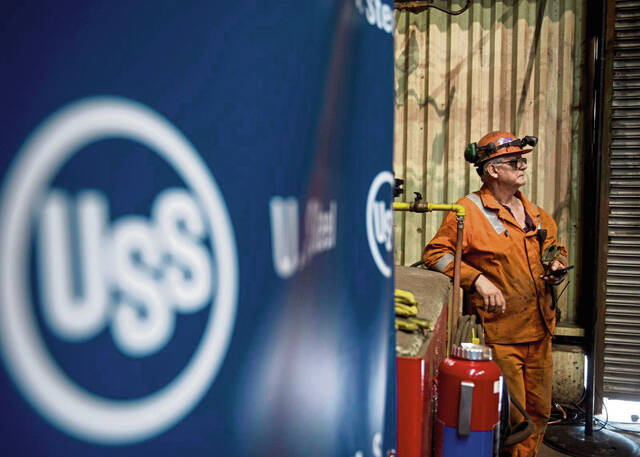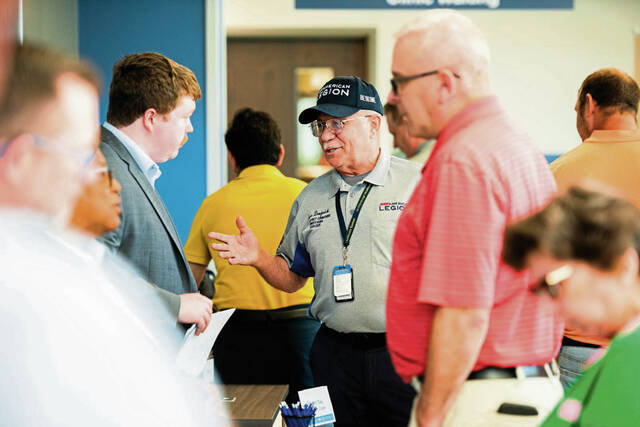U.S. Steel has been the skeleton of American industry.
It didn’t just churn out millions of pounds of metal. It was behind and inside the landscape of the nation. It is in bridges and railroads and freighters. It has drawn the iconic skylines of our cities. It is the U.S. Steel Tower, but its also in public art projects and Walt Disney World.
That diversity of portfolio makes the company much like its product — an alloy. Since its inception in 1901, forged from the melding of Carnegie Steel, Federal Steel and National Steel, it has been a company that fused multiple parts together to create something newer and stronger.
That was fated to happen again in 2023. It was not expected to go the way it has.
In August, news dropped of a buyout offer that would wed the company to Cleveland-Cliffs for $7.3 billion. It was a deal supported by the United Steelworkers. Despite the splash the news made, the idea floundered. So did another offer from Sewickley-based Esmark for $7.8 billion.
And so it was a surprise when Monday brought an announcement of a $14.9 billion sale to Japanese producer Nippon Steel.
The purchase will marry U.S. Steel’s production (16.3 million tons in 2022) to Nippon’s (44.4 million tons in 2022) with the potential to surpass ArcelorMittal as the largest privately owned steel company in the world. Nippon anticipates a total production of 86 million tons annually, eclipsed only by Chinese state-owned Baowu.
There are questions to be answered. Any announcement like this is likely to focus on the highlights. Of course nothing will close. Of course no jobs will be lost. Like campaign promises, only time will tell if they really come true.
But U.S. Steel has made its own promises, like the $1 billion investment in the Mon Valley Works that was promised in 2019 and retracted in 2021. It has had its own struggles, including a series of substantial fines and pollution control problems at Clairton Coke Works.
Could Nippon Steel’s takeover see those promises come back? Could they address U.S. Steel’s weak points?
In Monday’s announcement, there was commitment to carbon neutrality by 2050, maintaining U.S. Steel’s Pittsburgh headquarters and keeping relationships with all employees, communities and clients.
“Today’s announcement also benefits the United States, ensuring a competitive, domestic steel industry, while strengthening our presence globally,” said U.S. Steel CEO David Burritt.
That competitive strength for the nation is the sturdy framework U.S. Steel needs for the company and for the people who rely upon it.








